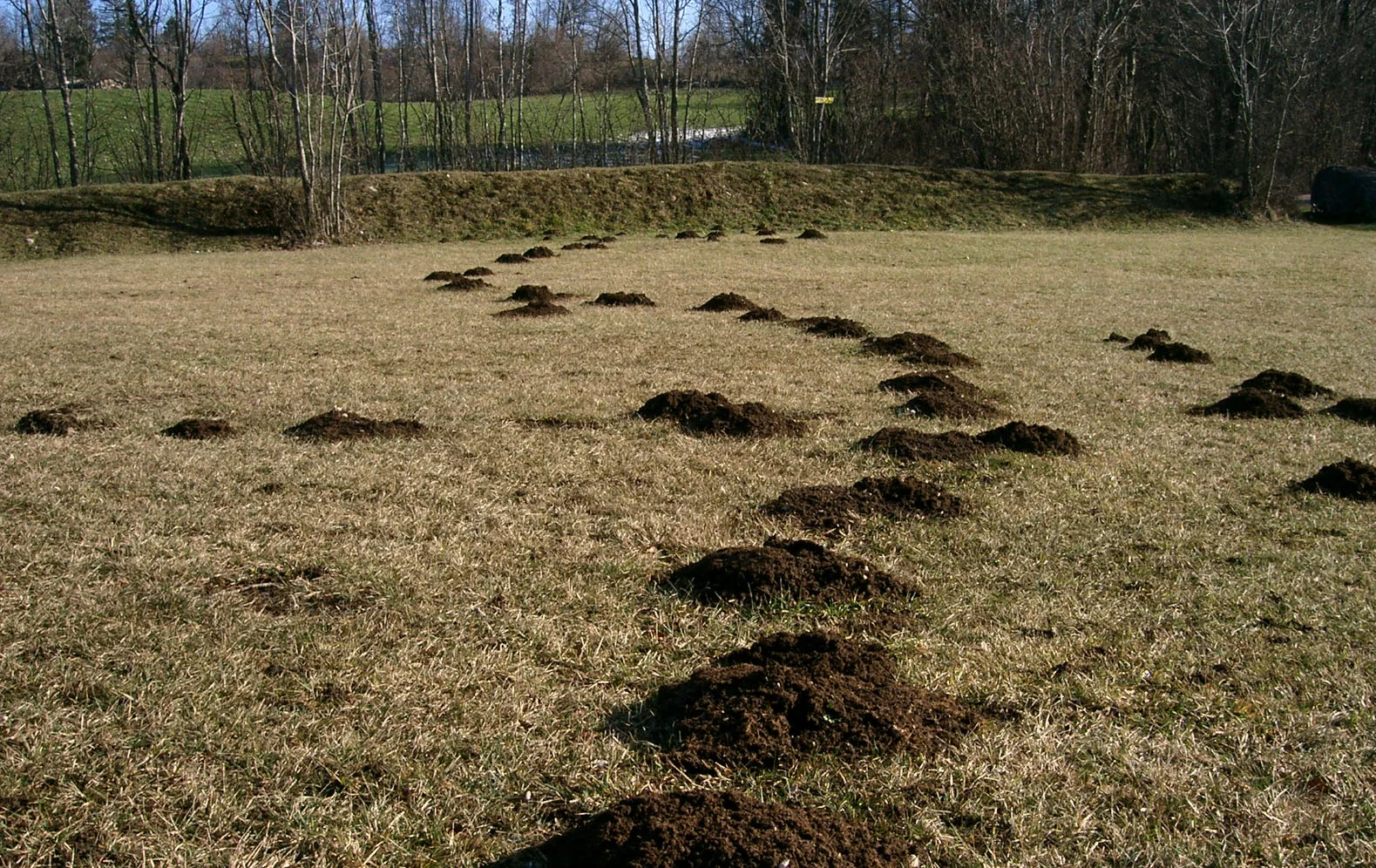
Archaeologists find it hard agree about the relative merits of excavating the ancient past or leaving it undisturbed until we have the resources and technology to preserve its remains indefinitely above ground.
It can work both ways. If it wasn’t for the enterprising Birley family at Vindolanda, we would not have the extraordinary writing tablets with details of the first and 2nd century AD social engagements of garrison wives and the like. Equally, the mosaic at Woodchester in Gloucestershire remains in a very fine state because it is so relatively seldom put on show.
Nothing of this debate is known, however, to the most famous of the creatures which live amidst all the underground treasure: the UK’s moles. And they are in the northern news because they have been doing some excavation of their own.
Digging is what moles do, and when they live on a scheduled ancient monument that can be quite helpful, at least to the Birley-minded school of thought. Take Epiacum, which was a Roman fort some 12 miles south of the wall at present-day Whitley Castle on the 1000-acre fields of Castle Nook farm.
Moles have been so busy there that English Heritage has drafted in 37 volunteers to sieve through their molehills and carefully take out anything ancient which has been brought to the surface. So far, they have found a bead from a jet necklace, pieces of earthenware pots and a quarter-inch-long shard of rarer and more valuable Samian ware pottery.
A previous search turned up nails, which will be useful in debates about Roman Britain’s use of wood as well as stone in buildings, and a delicate dolphin-shaped piece of bronze which is thought to have been part of a tap. The Romans were sophisticated plumbers. Elaine Edgar, who owns and farms the land with her husband John, has just received a £49,200 Heritage Lottery grant to help with modest promotion and development of the site for visitors. She says:
Rthe bronze was just lying there on the side of a molehill. We’ve had a good day this year too. The Samian ware is the sort of thing the Romans used to keep up with their version of the Joneses and we found a quarter-inch flat, round piece of it. There are some other really nice pieces.
The exercise would have been grist to the mill of A.P.Herbert, whose book Misleading Cases specialised in legal oddities such as the right of way between boats and cars on partially-flooded roads beside the river Thames. Edgar tells the Journal in Newcastle-upon-Tyne:
The moles are able to do what we humans are forbidden by law to do. As farmers we are not allowed to do anything that turns the land over. English Heritage had to be on site yesterday to make it legal for us even to sieve through the molehills.
Moles have played a significant role in the history of the UK, as the Jacobean toast to the ‘little gentleman in velvet’ recalls.
guardian.co.uk © Guardian News & Media Limited 2010
Published via the Guardian News Feed plugin for WordPress. HeritageDaily : Archaeology News : Archaeology Press Releases




